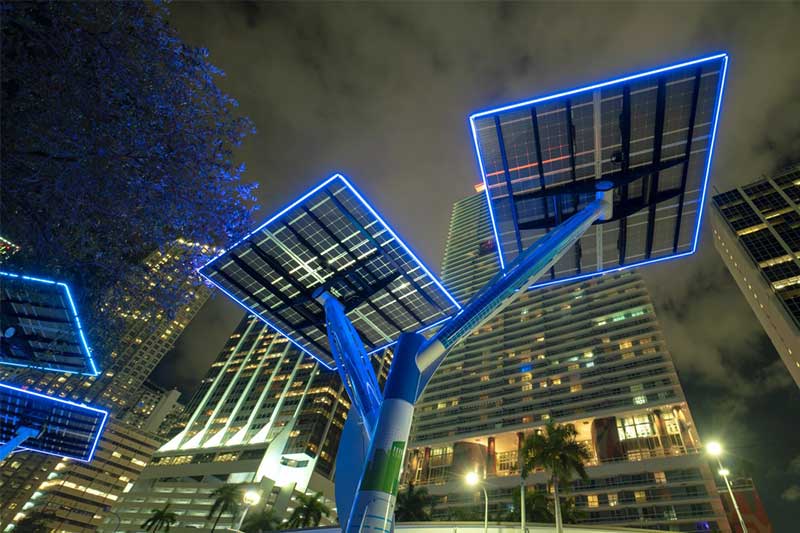
In the push toward sustainable urban development, smart LEDs have emerged as a transformative solution, playing a pivotal role in reducing energy consumption, enhancing public safety, and creating smarter, greener cities. This article explores how smart LED technology is revolutionizing urban living while contributing to global sustainability goals.
Smart LEDs are advanced lighting systems integrated with sensors, wireless communication, and IoT (Internet of Things) technology. Unlike traditional lighting, these LEDs are capable of adjusting brightness, color, and operation based on real-time environmental conditions and user preferences.
Smart LEDs use cutting-edge technology to minimize energy waste. For instance, motion sensors in streetlights ensure they are only active when needed, significantly reducing electricity usage.
Smart LED systems contribute to safer cities by providing adaptive lighting in public spaces. Increased brightness during high-traffic hours or in emergencies improves visibility and deters crime.
With their customizable features, smart LEDs allow cities to create dynamic lighting displays that enhance cultural landmarks and promote tourism.
Smart LEDs integrate seamlessly into broader smart city frameworks. Their ability to collect and transmit data enables city planners to monitor energy use, traffic patterns, and even air quality.
Switching to smart LEDs can reduce global electricity consumption for lighting by up to 40%. This not only cuts costs for municipalities but also lowers carbon emissions.
Smart LEDs’ long lifespan reduces the frequency of replacements, significantly cutting down waste generated by discarded lighting products.
Despite their advantages, the adoption of smart LEDs is not without hurdles:
As cities around the world adopt sustainable development goals, smart LEDs are becoming integral to modern urban planning. Emerging trends include:
Smart LEDs are reshaping the future of urban living by combining energy efficiency, adaptability, and connectivity. As cities strive to become more sustainable, smart LEDs provide a scalable, cost-effective solution to meet these goals while enhancing quality of life for residents.
By investing in smart LED technology, municipalities can pave the way for a brighter, greener, and more intelligent urban future.